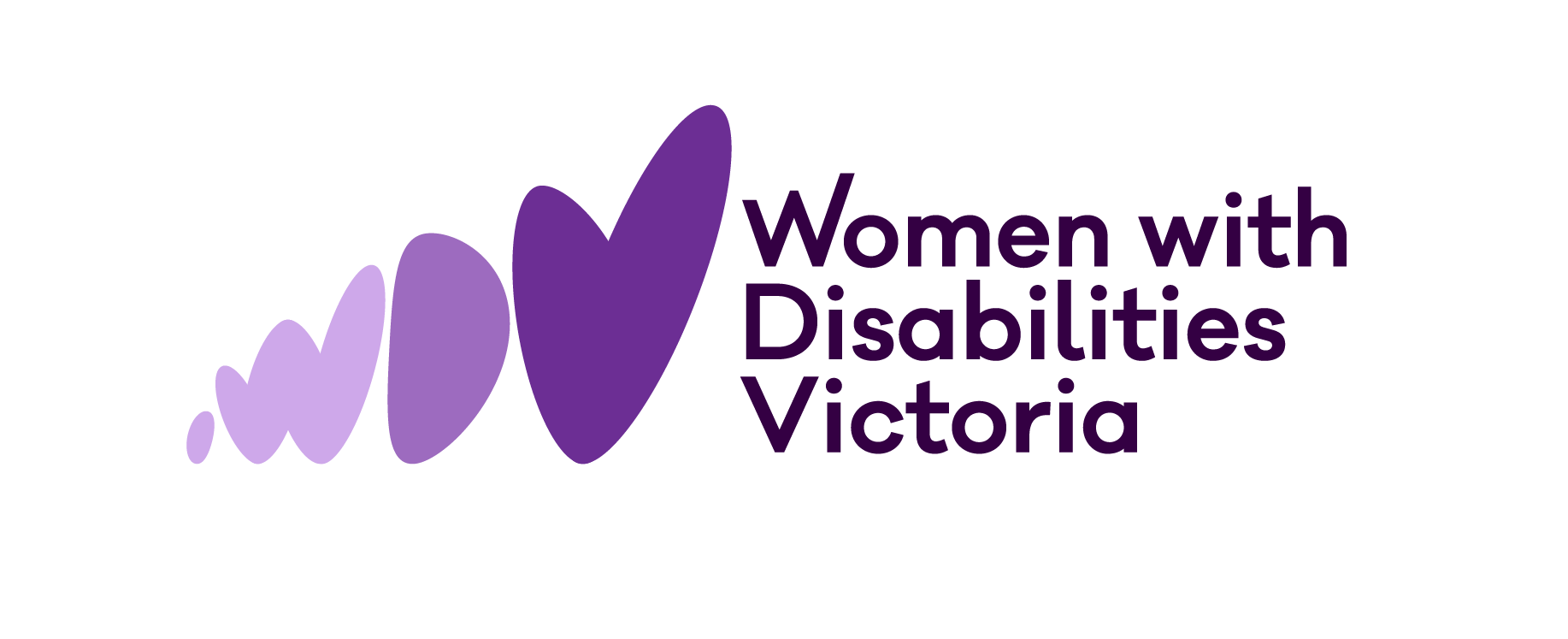Quick Links
Family Violence and Disability Films
What are the films about?
Women with Disabilities Victoria has collaborated with National Disability Services to develop four short films for disability workers on family violence and disability. The films are:
• Preventing and responding to family violence
• Prevention of domestic and family violence
• Early intervention in domestic and family violence
• Responding to domestic and family violence
Why develop these films?
The purpose of the films is to help disability workers identify and respond to family violence. Research shows that people with disabilities experience higher rates of violence than people without disabilities. Women with disabilities in particular experience very high rates of family and domestic violence. The disability workforce has a vital role to play in preventing, identifying and responding to domestic and family violence.
Are the films accessible?
The films model best practice in accessibility. One version has an Auslan interpreter and subtitles. A second version of each film is audio described.
This film provides an overview of domestic family violence and introduces the three other films. The films use scenarios to assist disability workers to identify, understand, prevent and appropriately respond to domestic family violence.
Research shows people with disabilities experience higher rates of violence than people without disabilities. Women with disabilities experience very high rates of domestic and family violence.
Preventing and Responding to Family Violence Guide
Watch the AUSLAN version of Film 1
Watch the Audio-Described version of Film 1
Early intervention means understanding who is at risk of family violence and doing things to support them to be safe, before violence happens.
